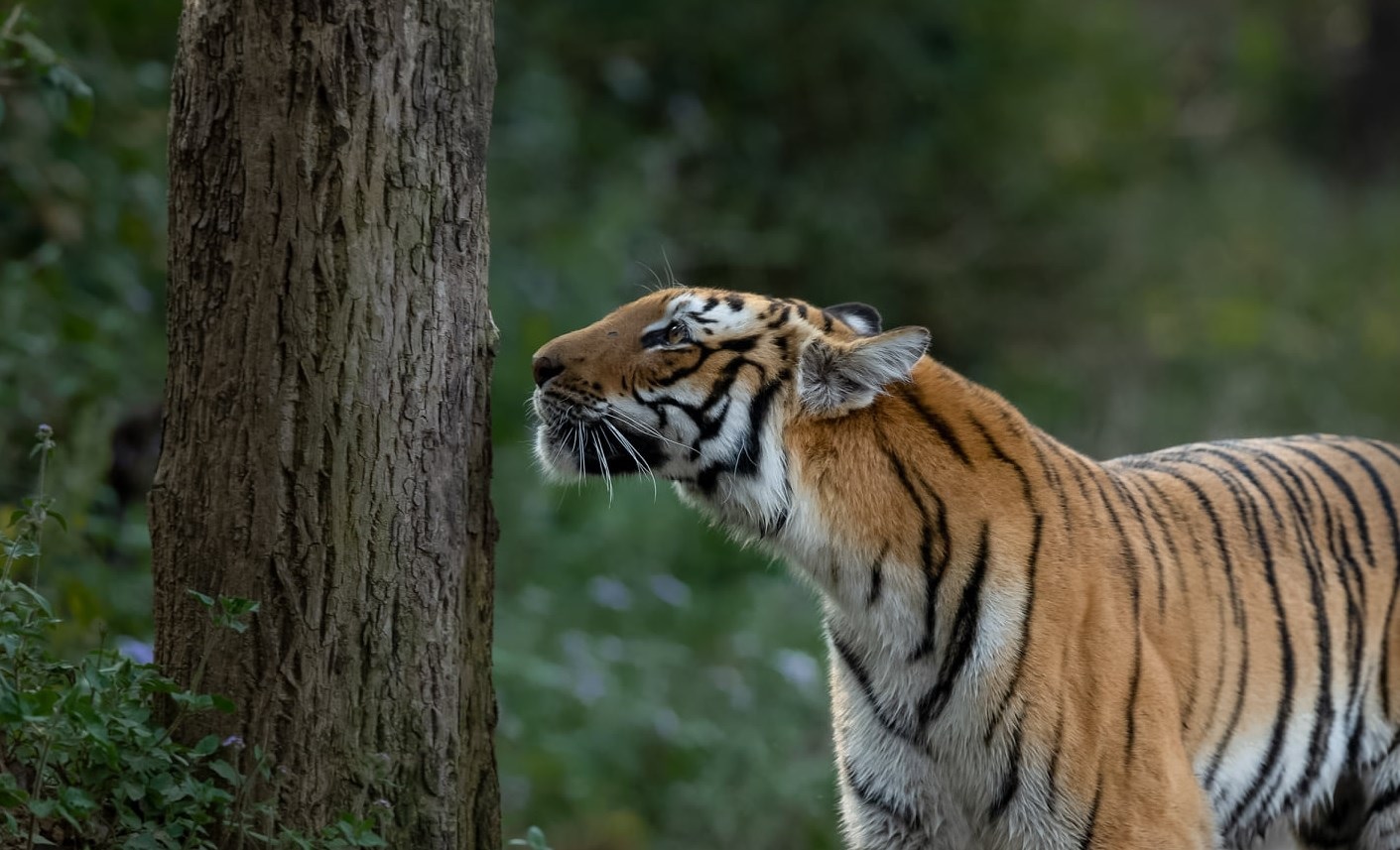
Tiger & Taj
On this unusual, very intensive safari, you will explore the six best national parks in India. The trip begins and ends with a visit to Ranthambhore and Tadoba, India’s most successful tiger reserves for observing tigers in the wild. In the latter national park, you will also take part in a very special full-day tiger safari, where you can enjoy exclusive tiger sightings during the quiet period from 10 a.m. to 3 p.m., when the national park closes to other tourists. The species-rich forests of Kanha will show you that India has more to offer than just tigers. And in the nature reserves of Keoladeo and Satpura, you can even go on foot in search of the fascinating fauna of the Indian subcontinent.
What makes this trip so unique
- You will follow the trail of the last wild tigers during nineteen game drives in the six
- best national parks of western and central India. You will be left speechless by the breathtaking beauty of the Taj Mahal.
- You will explore Keoladeo National Park, one of the best bird sanctuaries in Asia.
- You will go on a tiger safari in the national parks of Ranthambhore and Tadoba, India’s safest places to see tigers in the wild.
- You will also explore Kanha and Pench National Parks, two of the most species-rich and beautiful nature reserves in central India and two of the classics on every tiger safari.
- This trip will take you to a “still” undiscovered pearl of central India, Satpura National Park, where you will have the opportunity to walk through the jungle in search of sloth bears.
- You will explore the monumental buildings of Jaipur and let the decadent flair of the city take you back to the bygone era of the Maharajas.
- You will stay in beautiful, atmospheric and sometimes luxurious jungle lodges.
Day 1: Arrival New Delhi

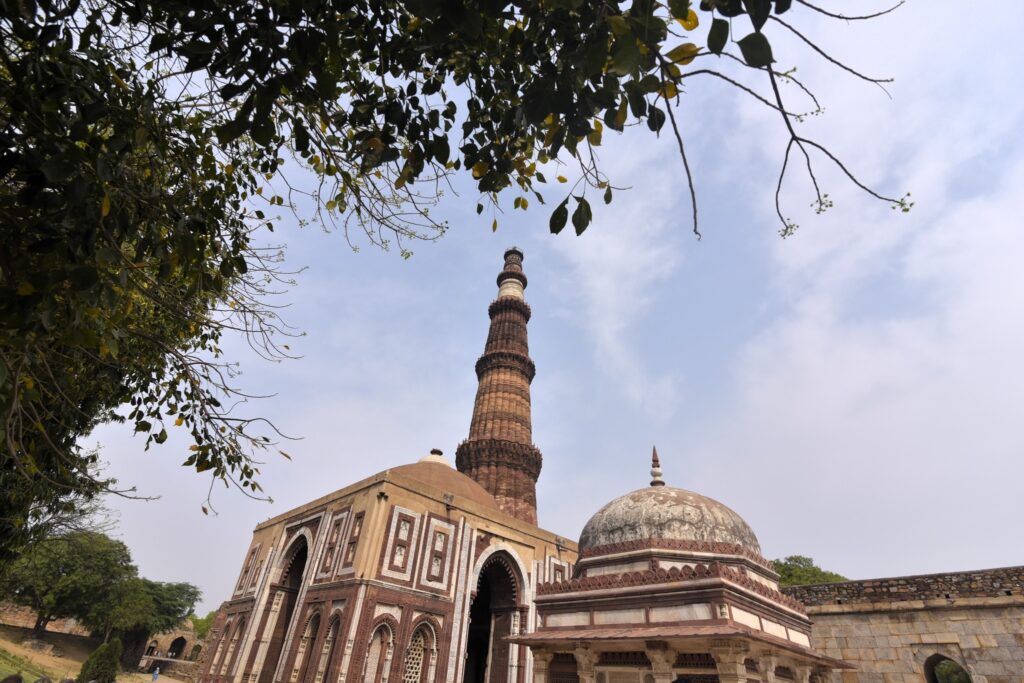
At the airport in Delhi you will be warmly welcomed by your naturalist and driven to the hotel. Over a first round of beers you will discuss the program for the coming days. Overnight stay in a pleasant city hotel near the airport.
Day 2: Delhi – Bharatpur


Bharatpur Bird Sanctuary
After breakfast we drive directly to Agra, where we have time for a guided city tour. Agra, the former capital of the Mughals, with its maze of labyrinthine alleys and bazaars, gives a unique impression of the Indian-Muslim way of life, which has changed little since the time of the Mughal Empire, like no other city in India. Part of the visit is the Agra Fort, which lies two kilometers to the northwest of the Taj Mahal. A 2.5-kilometer-long double wall clad in red sandstone slabs surrounds the fortress. It contains numerous pompous palaces and richly decorated royal pavilions. In the late afternoon we visit the moving Taj Mahal tomb, a dream made of white marble that rises in perfect proportion in an elegant garden. The Taj is undoubtedly one of the most beautiful buildings in the world, and its magic overwhelms every visitor. Deep inside the Taj are the cenotaphs of the ruler, Mumtaz Mahal, and that of his lover, Shah Jahan. The mausoleum looks particularly beautiful at sunset, when it is bathed in a soft, reddish light.
After the visit, we drive on to Bharatpur. There lies the well-known Keoladeo National Park, famous worldwide for its breeding and nesting sites.
Overnight stay at The Birder’s Inn.
Day 3 to Day 6: Bharatpur – Ranthambhore (Train to Sawai Madhopur)

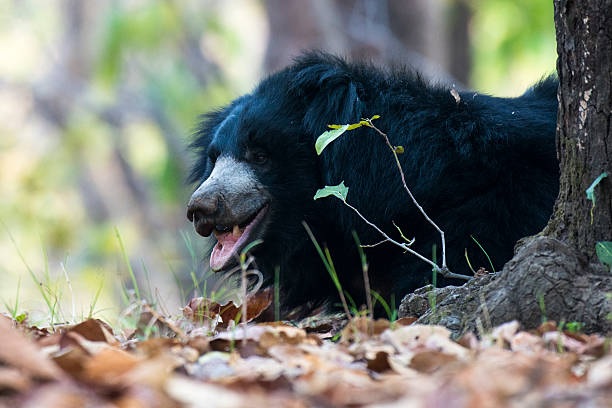
Ranthambhore National Park
Keoladeo is considered to be the most outstanding bird sanctuary in India. The park is located just a few kilometers south of the Rajasthan city of Bharatpur and boasts the hundreds of thousands of migratory and resident birds that gather here in the winter months. The swamp area was created in the late 19th century when the local Maharaja had the area flooded to create a large hunting ground. Now the many lakes and small ponds scattered throughout the national park offer an ideal resting place for migratory birds from all over Asia that come here to overwinter. Migratory birds from Siberia and China are well known, such as the majestic sarus crane.
After the visit we take the train to Sawai Madhopur, the gateway to the most famous of all Indian national parks, Ranthambhore National Park.
Four safaris are on the program today and tomorrow.
Ranthambhore owes its above-average tiger population to the work of Valmik Thapar, one of India’s most famous animal rights activists, who also gained international fame thanks to the BBC documentary series Land of the Tiger. Poachers had made the big cats afraid of people, but the tigers slowly learned to accept the conservationists. The tigers feel so at home and safe within the park that they even hunt for prey during daylight hours. Some tigers even mark safari vehicles with their scent. The sparse forest, which loses its leaves in winter and is easy to see through, offers excellent observation opportunities. The park’s landscapes are particularly beautiful in the early morning hours and create an almost unreal atmosphere with their many pavilions, lakes and dilapidated palaces covered in climbing plants.
3 nights in the Ranthambhore Kothi.
Day 6 to Day 8: Ranthambore – Jaipur


Jaipur
After a final game drive in the park, we drive to Jaipur, the “pink city”. Jaipur was only built at the beginning of the 17th century by Maharaja Jai Singh II as a fortress city with wide, checkerboard-like streets. Nine rectangular city districts were separated from each other by 34-meter-wide main streets. All side streets run straight and at right angles to the main streets. This architectural gem is also called the “pink city” because of the brownish-yellow color of the houses, which appear warm pink in the evening sunshine. The old town is surrounded by a thick wall that is still completely intact. The unchanged, historic city center can only be entered through one of the seven magnificent gates. In the evening, you visit the city’s three main sights. The observatory, the royal palace, which stands in the middle of the city against the impressive mountain backdrop, and the five-story Hawa Mahal, one of the most magnificent buildings in Jaipur. It was built in 1799 so that the court ladies could watch the street processions unobserved. The narrow streets of the old town district with the pink facades of the richly decorated houses and the lively bazaar invite you to take a wonderful stroll in the evening.
This evening you will attend the impressive and extremely photogenic evening prayer in the beautiful Birla Temple: This is the fascinating India from the picture books!
Next day visit Amber Fort, a mighty fortress 11 km north of Jaipur, where you climb up the mountain on the back of brightly painted elephants to the mighty gates of the impressive palace complex.
Two nights stay with breakfast in the beautiful heritage boutique hotel Narain Niwas Palace.
Day 8 to Day 11: Jaipur – Satpura National Park

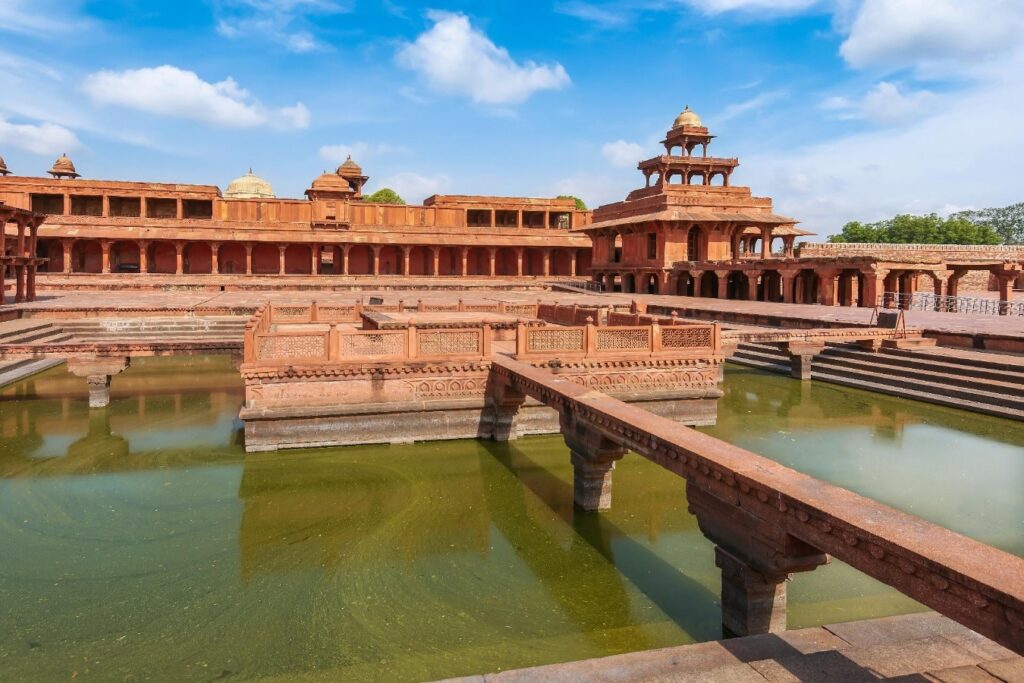
Satpura National Park
After a relax breakfast you will be taken to the airport, where you will board the afternoon flight to Bhopal in central India. After landing, you will continue to Satpura National Park. In the evening we explore the banks of the river by boat. Satpura is a breathtaking forest with deep gorges and waterfalls. Walking safaris and boat trips make it a unique destination in Madhya Pradesh. On these days we go on exciting forest hikes through the national park. This is an absolute must-do in Satpura, walking safaris are not possible anywhere else in India. We also supplement the program with game drives, which are offered in the morning, afternoon and evening. The chances of seeing sloth bears are particularly high on the night game drives.
3 nights with full board at Denwa Pugdundee Lodge.
Day 8 to Dat 11: Satpura – Kanha National Park

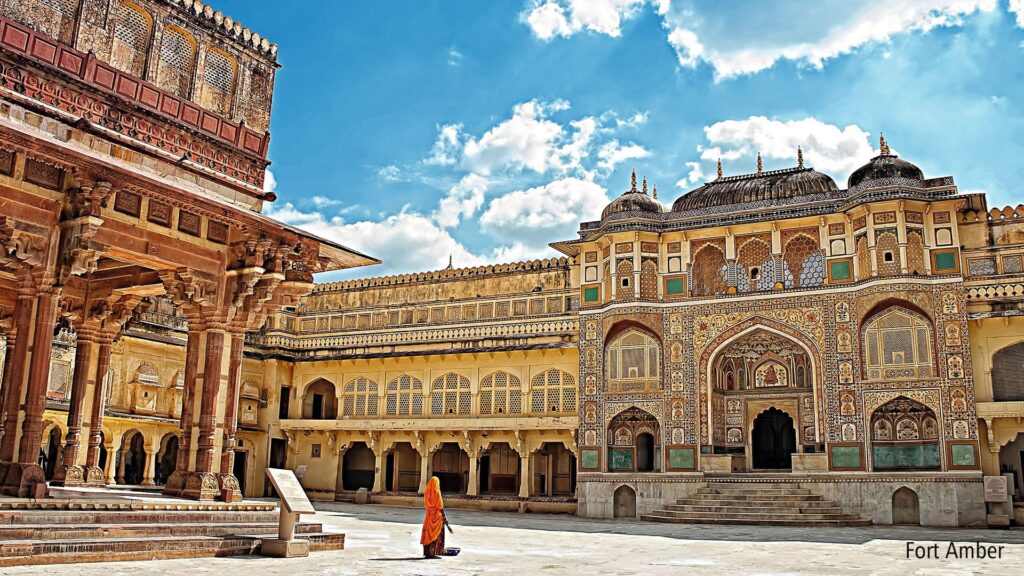
Kanha National Park
Today we have a long & difficult journey ahead of us. The journey will take around 8 hours. We then head via the city of Jabalpur to the best national park in India, Kanha National Park. We will have a well-deserved night’s rest in the comfort of the beautiful Shergarh Tented Camp.
We will spend two days discovering one of India’s greatest animal reserves, Kanha National Park. The natural beauty of this reserve, which consists of deciduous forests and savannah grassland, is particularly evident at dawn. The wide grassy areas that stretch along the river valleys are the preferred habitat of red deer. Accordingly, the conditions for observing tigers are also perfectly met.
3 nights with full board in the Shergarh Tented Camp.
Day 11 to Day 14: Kanha – Tadoba National Park

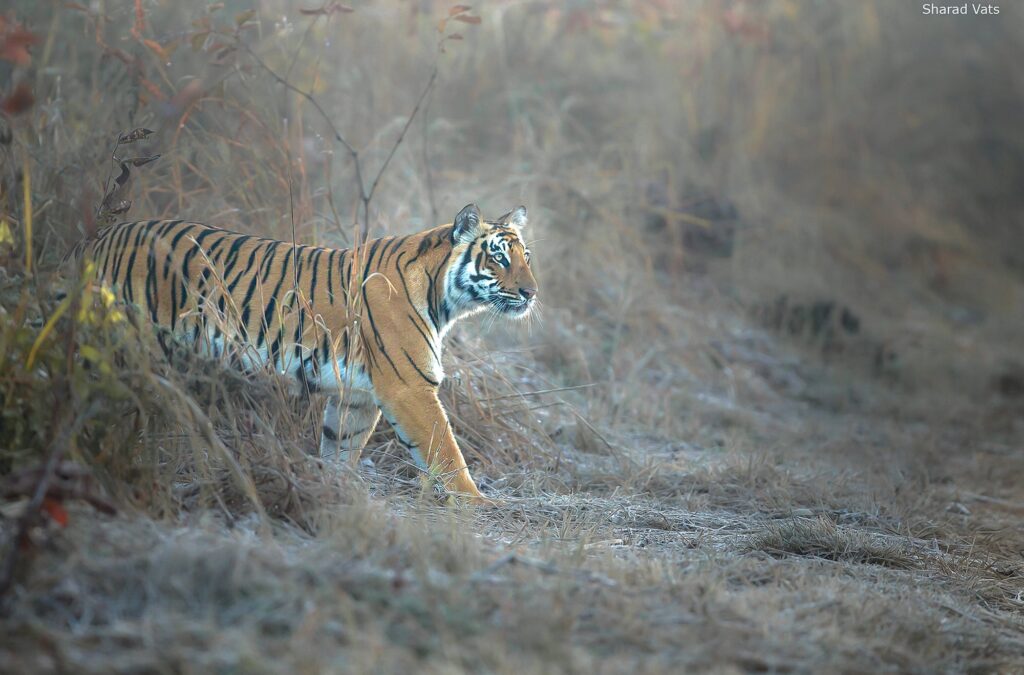
After the last game drive in Kanha, we drive for around five hours to Tadoba National Park, currently the absolute best park in India for observing wild tigers. In Tadoba, everything revolves around tigers. In addition to the conventional game drives, we will book a full tiger safari for you. From 6 a.m. to 6 p.m. you can explore the park without any time restrictions and can enjoy exclusive tiger encounters during the park’s usual closing time between 10 a.m. and 3 p.m. without sharing them with anyone.
3 nights with full board at the Irai Safari Retreat (Tent).
Day 14: Tadoba – Nagpur – Mumbai (Flight) & Departure

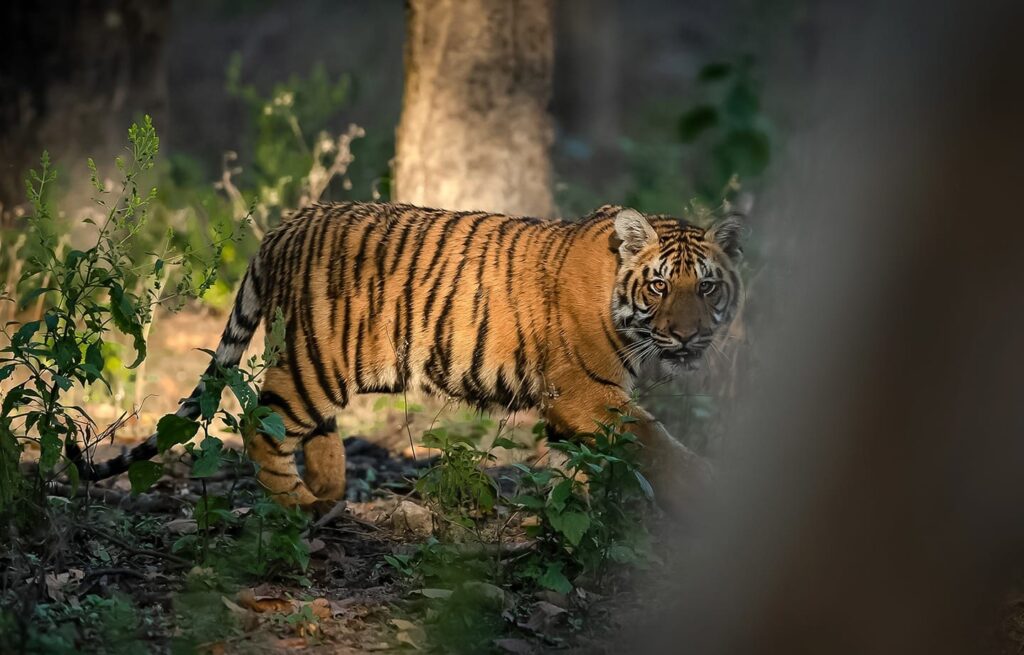
After the last game drive in Tadoba, we drive to Nagpur in about three hours, where we fly to Mumbai in the evening. Connecting flight to onward destination.